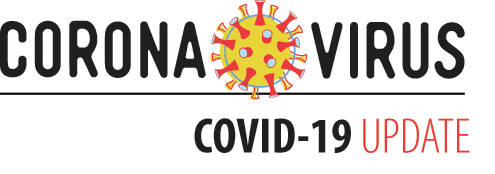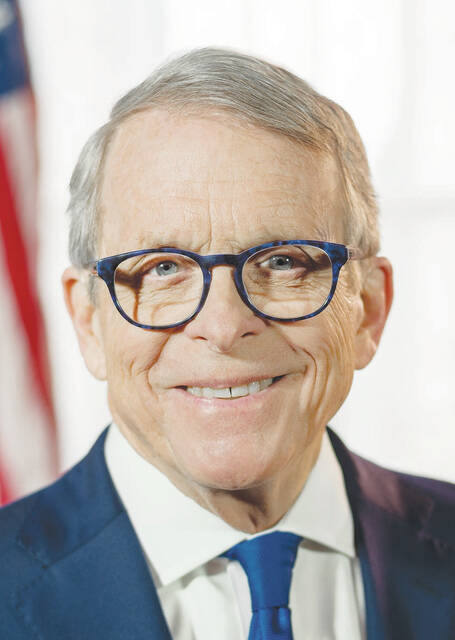

COLUMBUS, Ohio — More than 1,000 members of the Ohio National Guard have been ordered into hospitals overwhelmed by patients being treated for COVID-19 — the vast majority of the patients unvaccinated — Ohio Gov. Mike DeWine announced Friday.
The state is also hiring a staffing agency to help recruit nurses from out of state to assist with patient care, DeWine said.
The crisis is currently a personnel shortage rather than a bed shortage.
“Twenty-two months of this pandemic has taken its toll on our health care workers,” the Republican governor said, recounting stories of short-staffed hospitals needing workers to return for second shifts after only short breaks. “The best way to relieve the strain on our health care providers is to stay up-to-date on COVID-19 vaccinations to prevent serious illness and hospitalizations.”
Of the Guard, 150 are medical workers — mainly nurses and EMTs — who will be assigned beginning Monday to hospitals largely in the Akron, Canton and Cleveland areas, which are seeing the highest hospitalization numbers.
Most of those hospitals have stopped elective surgeries, and facilities elsewhere are considering the same, the governor said.
The remaining Guard members will serve in as-needed hospital roles in other parts of the state performing duties such as patient transport, housekeeping and food services.
As of Friday, 4,723 Ohioans were hospitalized with the coronavirus, a figure last seen almost a year ago, the governor said. Nine of every 10 of those patients are unvaccinated. This is the highest number of people hospitalized with COVID-19 this year, and the number of hospitalized patients is rapidly approaching an all-time high.
Due to the increase in COVID-19 hospital admissions, many hospitals have been forced to transfer patients to other hospitals, impose visitation standards, and/or implement what they call “crisis standards of care,” in which they have no choice but to take extraordinary steps to care for patients in ways that aren’t typical, such as providing intensive care in emergency rooms or in post-surgical units.
In northern Ohio (Ohio Hospital Zone 1), most hospitals have suspended elective surgeries. In Central and Southeast Ohio (Ohio Hospital Zone 2), the same thing is beginning to happen. In Southwest Ohio including Clark and Champaign counties, (Ohio Hospital Zone 3), hospital leaders are preparing to take similar action.
The state is facing a threefold challenge in still-surging cases attributed to the delta variant, the arrival of the faster-spreading omicron variant, and what’s predicted to be a normal flu season, DeWine said.
The seven-day rolling average of daily new cases in Ohio has risen over the past two weeks from 6,880.14 new cases per day on Dec. 1 to 8,333.43 new cases per day on Dec. 15, according to data collected by the Johns Hopkins University Center for Systems Science and Engineering.
Ohio reported 434 deaths on Friday compared to the 21-day trend of 74.
As of Friday in Ohio, 54.41% of those in all age groups have completed vaccines, 57.83% of those age 5 and over have completed vaccines, 62.48% of those age 12 and over have completed vaccines and 64.54% of those 18 and over have completed vaccines. Vaccines started among those 18 and over were 69.39% and 59.03% for all ages.



